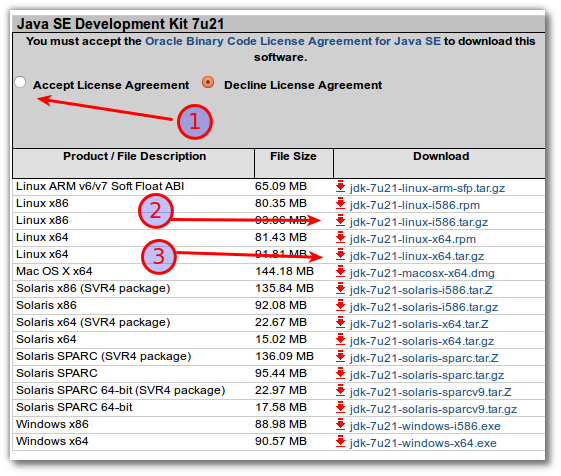
Below table summarizes maximum heap size (i.e. Due to various additional constraints (such as available swap, kernel address space usage, memory fragmentation, and VM overhead), in practice the limit is much lower. It means your maximum memory size of your java process can’t be more than 4GB.

In 32-bit JVM maximum addressable memory space is only 2^32 (i.e.~4gb). On AMD64 and EM64T platforms this difference ranges from 0-15% depending on the amount of pointer accessing your application performs.” If there is a performance hit, why would anyone use 64-bit The performance difference comparing an application running on a 64-bit platform versus a 32-bit platform on SPARC is on the order of 10-20% degradation when you move to a 64-bit VM. Below is the excerpt from Oracle JDK documentation regarding 64-bit JVM performance:Īble to address larger amounts of memory come with a small performance loss inĦ4-bit VMs versus running the same application on a 32-bit VM. 64-bit JVM can have a small performance degradation than 32-bit JVM. Most of us think 64-bit is bigger than 32-bit, thus 64-bit JVM performance will be better than 32-bit JVM performance. Does 64-bit JVM perform better than 32-bit JVM?


Subtle difference between 32-bit JVM and 64-bit JVM wouldn’t make much difference to your application. If you aren’t building performance critical application, you don’t have to understand the difference. Do I need to understand the difference between 32-bit JVM We thought, we will try to clarify them through this question &answer article. There are few distinct differences and subtle nuances between 32-bit JVM and 64-bit JVM.


 0 kommentar(er)
0 kommentar(er)
